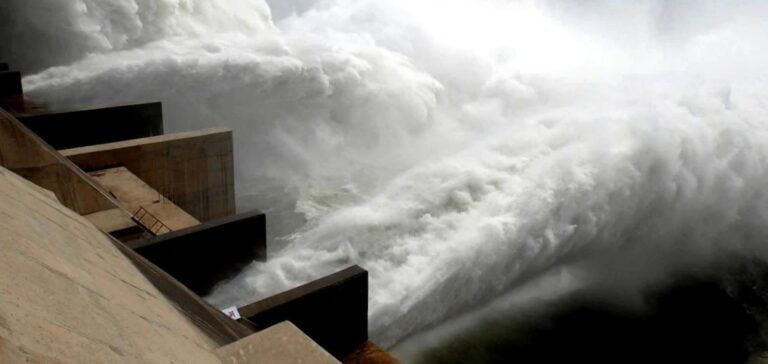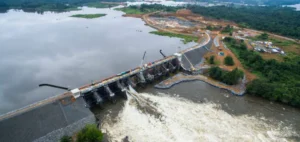A Chinese mega-dam project in Tibet has raised significant concerns in India, which fears economic, ecological, and political repercussions for downstream populations. On Friday, Randhir Jaiswal, the spokesperson for India’s Ministry of External Affairs, demanded full transparency from Beijing on this infrastructure project, emphasizing its potential consequences for India and Bangladesh.
An unprecedented project
The proposed dam on the Brahmaputra, a vital river for South Asia, would surpass in scale and capacity the Three Gorges Dam, currently the largest in the world. China presents the project as a solution to accelerate its energy transition and reduce its carbon footprint.
However, New Delhi has warned of the risks associated with altering the river’s flow, which supports millions of households and underpins an agricultural economy heavily reliant on water. The Indian government insists that any developments on transboundary rivers should involve discussions with affected downstream states.
Transparency and consultation at stake
China stated in December, through its Ministry of Foreign Affairs, that the dam would have no negative effects downstream. However, these assurances have not convinced India, which is demanding bilateral consultations before significant progress on the project is made.
Indian experts argue that the lack of transparency surrounding such infrastructure poses a danger to the management of shared resources. The issue also has a strategic dimension, as relations between the two Asian powers remain fraught with recurring border tensions.
Economic and political implications
Beyond environmental concerns, this project highlights geopolitical tensions in the region. Control over the Brahmaputra’s water resources could become a strategic lever for Beijing. For New Delhi, safeguarding its hydrological interests is a national priority, directly impacting the food security and economy of several federal states.
The Chinese dam project also reflects President Xi Jinping’s ambitions to strengthen China’s influence over global energy infrastructure while supporting the development of less-advantaged regions like Tibet.
International river management
India advocates for international cooperation in managing transboundary rivers, referencing historical precedents where similar projects exacerbated water conflicts. Observers call for a more robust regional framework to ensure fair exploitation of water resources.






















